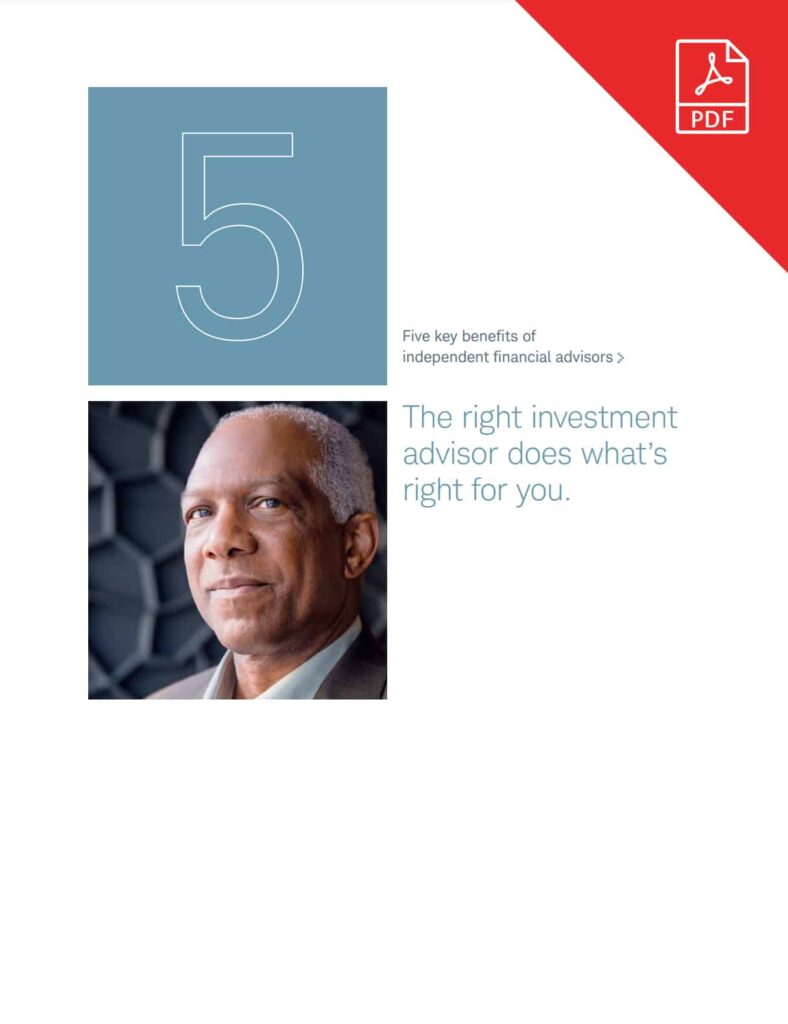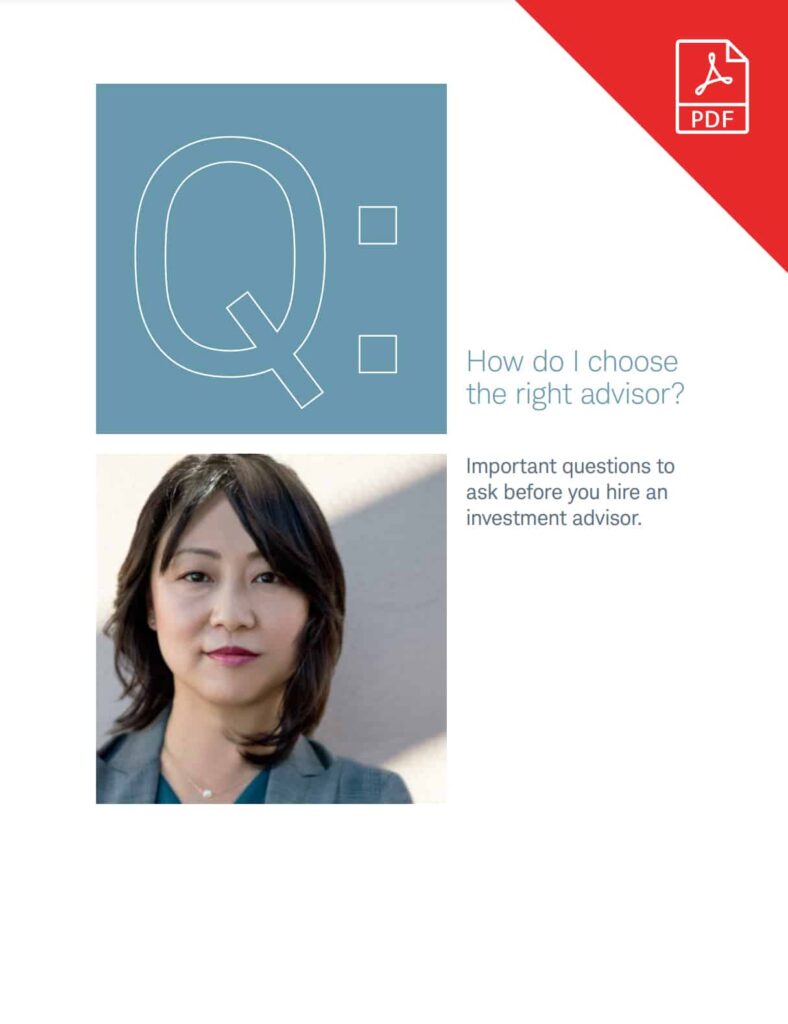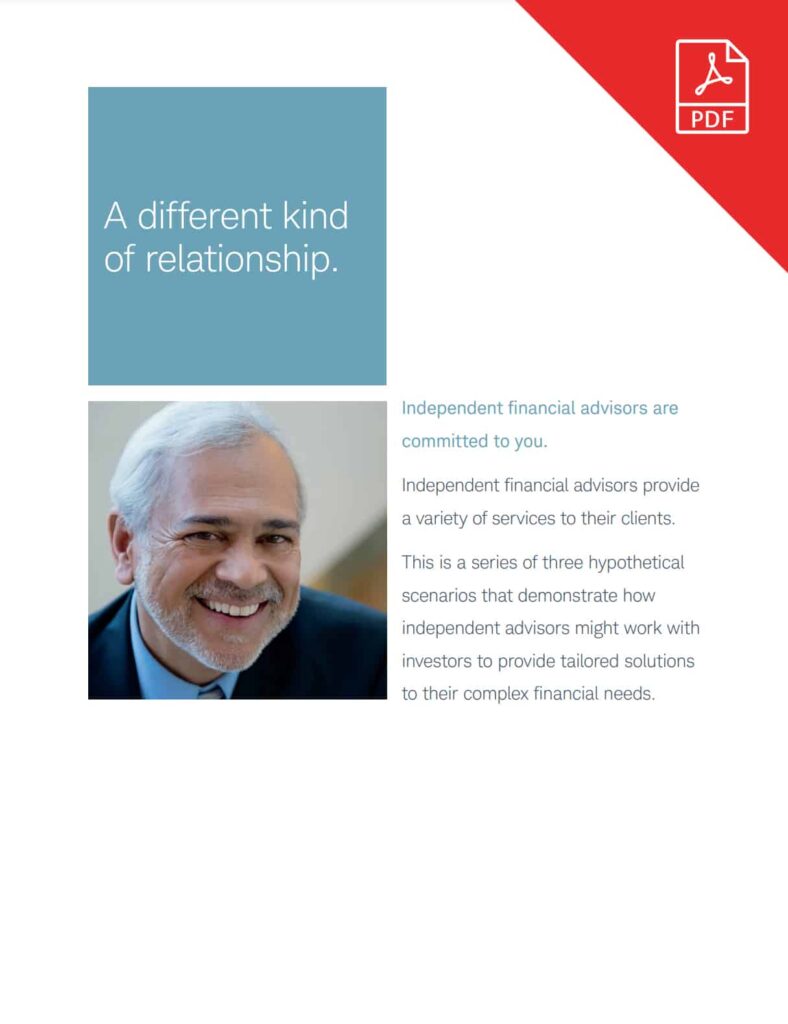Frequently Asked Questions
Have questions? We have answers. Browse our Frequently Asked Questions to learn more about how we work, our services, and what you can expect when you partner with McLaughlin Asset Management, Inc. If you don’t find what you’re looking for, please reach out directly for personalized assistance.
WHAT IS DIFFERENTIATED ASSET ALLOCATION?
Differentiated Asset Allocation is a strategy that many individuals and professionals overlook. High-net-worth individuals and families typically hold assets within several investment accounts – IRA Accounts, Individual Accounts, Joint Accounts, Trust Accounts, etc.
It is critical that each account maintains investments that properly coordinate with your estate plan and income tax planning. Using a “blanket” approach and applying the same asset allocation (and investment vehicles) across all accounts may create greater income tax liability for the account holder, and for future beneficiaries.
Employing a differentiated asset allocation strategy for a high-net-worth family is much easier said than done.
HOW DO I CHOOSE THE RIGHT FINANCIAL ADVISOR?
DISCOVER THE DIFFERENCE WITH A REGISTERED INVESTMENT ADVISOR
Click Below to View Downloadable Resources –
WHY IS TAX-LOSS HARVESTING IMPORTANT TO CONSIDER?
Even the best portfolio managers cannot avoid losses; however, you may be able to use these losses to lower your tax bill while maintaining a similar investment objective or strategy going forward.
For example, let’s say your portfolio has a $20,000 realized gain for the year. You also hold a stock that has a $26,000 unrealized loss. You could sell the stock and move into a similar (but not substantially identical) investment without drastically changing your overall investment strategy. You may even better position yourself for the future; however, it is important to carefully consider any potential changes to the portfolio.
By realizing the $26,000 capital loss you: offset $20,000 in capital gains – reduce your ordinary income by $3,000 – carry a $3,000 capital loss carryover for future tax years.
It is always important for a portfolio manager to take the time to evaluate any potential changes to the portfolio. It may be wise to seek an investment advisor or portfolio manager who takes the time and has the ability to use the strategy of tax-loss harvesting.
*Not tax or legal advice. We are not licensed CPAs. If you need tax advice you should personally consult a CPA regarding your specific tax situation.
WHAT ARE THE OVERLOOKED ATTRIBUTES OF SEPARATELY MANAGED ACCOUNTS?
CONTROLLING YOUR INCOME TAX LIABILITIES:
If controlling your tax liabilities is a key aspect to your financial situation, mutual funds may not be the best option for you to invest in. In mutual funds, investors are shareholders and have no control over the taxation of their funds. This can create huge capital gain problems for investors because all gains must be distributed, while losses cannot. For example, consider a mutual fund that has been around for 20 years. If an investor were to buy its shares last year and the fund sold stock this year that it had held since 1995, that investor could be subject to taxes on huge embedded capital gains even though he/she was not an investor in the fund when the shares were purchased. Unlike mutual fund shareholders, separate account investors hold stocks in their own names. Separate account managers have the ability to perform “tax harvesting,” offsetting gains with losses to deliver a higher after-tax return than mutual funds for their clients.
CUSTOMIZATION AND ASSET CONTROL:
At any given time, a shareholder in a mutual fund has no idea what securities he/she holds. The investment is pooled with other investors within the fund, and the shareholder has no say in the fund’s holdings. With a separate account, each individual investor has a portfolio customized to meet investment goals and objectives. A professional money manager buys and sells securities, creating a portfolio of specific assets, according to an individual’s profile. The investor has a say in what securities he/she would like to own.
EXPENSES/COST:
Many investors underestimate the importance of low fees when investing. High fees can adversely affect long-term performance, and most mutual fund shareholders do not recognize the high costs involved when a financial advisor invests assets across a group of mutual funds.
If a financial advisor or institution charges an annual management fee for supervision of client accounts (possibly 1%-1.25%), and utilizes mutual funds as the primary investment vehicle – total net expenses for the investment account may total >2%.
Additional items to consider when utilizing mutual funds: There may be an initial sales charge, sometimes termed “front-end load fee”, which may total ~4% – 5.75%. In addition, turnover-generated portfolio transaction costs, 0.7 percent; and opportunity costs – when funds hold cash rather than remain fully invested in stock – 0.3 percent. The average mutual fund investor might lose an additional 1% of investment returns to these costs annually. (Rutner, Richard. The Trouble with Mutual Funds. 2nd ed. Elton Wolfe Publishing, 2002. 58.)
MAKING THE RIGHT DECISION
Mutual funds are a good way to safely diversify your funds while growing them, especially in retirement plans.
Separate accounts may offer advantages when it comes to tax considerations, customization and expenses. They offer the opportunity to create a portfolio of specific assets.
It is important to understand the attributes of both in order to determine what investments suit each individual’s investment profile and objectives.
WHAT IS A SEPARATELY MANAGED ACCOUNT?
Separately managed accounts are investment portfolios comprised of individual stocks and/or bonds owned directly by an investor. For diversification purposes, the portfolio may hold, at any given time, anywhere from forty to sixty stocks and ten to thirty bonds depending on investment objectives.
A separately managed account is professionally managed by one or more portfolio managers. Advantages to a separately managed account might include increased tax efficiency, heightened asset control, and lower fees.
WHAT DOES AN INVESTMENT APPROACH WITH HIGHER INVESTMENT FEES/EXPENSES REALLY COST YOU?
Portfolio 1:
Initial Investment: $500,000
# of Years Invested: 25
Gross Avg. Annual Rtrn: 8%
Avg. Annual Net Expenses: 1.85%
Future Value After Net Expenses: $2,223,156
Portfolio 2:
Initial Investment: $500,000
# of Years Invested: 25
Gross Avg. Annual Rtrn: 8%
Avg. Annual Net Expenses: 0.90%
Future Value After Net Expenses: $2,777,837
A 0.95% difference in the average annual total return (net of all fees and expenses) would not seem to greatly impact the value of a portfolio over time; however, the power of compounding returns would suggest otherwise.
The $ difference between the two portfolios illustrated above is $554,681 after year 25. The effects of high fees and expenses may be detrimental to your long-term goals and objectives. Do you know what your net expense truly is? If you are invested in mutual funds and you are paying an investment management/advisory fee, you may be surprised what benefits you are receiving for the costs.
For illustrative purposes only; not intended to be a prediction of future returns. Please refer to our disclosures page for full disclosure and terms of use.


